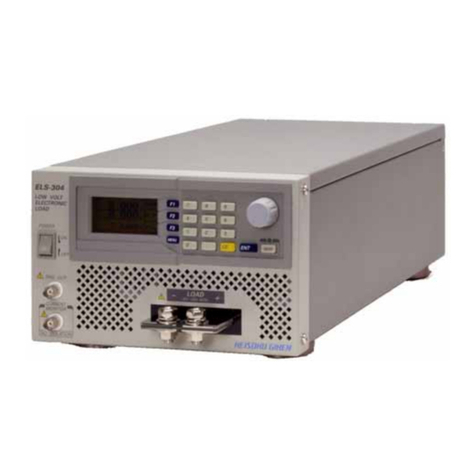1INTRODUCTION
The µ-FEP is designed to be a stand-alone fire detection-extinguishant release panel used in systems
for e.g. electrical cabinets, CNC machines, engine rooms, small area’s or other equipment in which
the user should be able to extinguish a fire rapidly and effective.
This is done by pressing two buttons, external release button or using fire sensor inputs. The μ-FEP
continuously senses its inputs and, in the event of a fire, gives the correct output to enable a product
specific fire extinguishing.
The µ-FEP control panel is designed to meet the requirements of the European standard EN54-2 Fire
Detection and Fire Alarm systems - Control and Indicating Equipment, and the EN12094-1 for Fixed
firefighting systems Part 1: Requirements and test methods for electrical automatic control and the
NEN-EN 15276-2 for aerosol fire extinguishing systems. The µ-FEP is a versatile fire alarm /
extinguishing system with a high-performance level intended for small/compact firefighting systems.
The µ-FEP is a combined fire alarm control panel and extinguishing release system and has two
detection zones, any, or all of which can contribute to the extinguishant release decision. The µ-FEP
extinguishant release panel offers outstanding value and performance for all small, fixed firefighting
installations.
2KEY PROPERTIES
▪Able to set to manual, single stage or double stage detection, alarm, and extinguishing
▪Outputs for fire, fault, extinguishing released, ventilation off and visual & acoustic alarm
device
▪A full monitored output for the aerosol fire extinguishing generators
▪Two full monitored fire alarm input groups (zones) for linear heat and / or point detectors
▪Two full monitored alarm input groups for external extinguishing release and hold function
▪Double extinguisher release buttons to prevent unwanted releases
▪Extinguishers hold release button to postpone releases
▪Extinguisher release delay to prevent unwanted releases
▪A test mode that allows to test the detection, signalling and controls without a release
▪Watchdog timer will for additional safety
▪Fault monitoring and fault identifying
▪Fault monitoring extinguishing output
▪Fault monitoring fire detection input
▪Additional option to override the release extinguishing delay after manual release
▪Additional functionality regarding separated external hold-off functions
▪Additional functionality regarding separated external release extinguishing functions
▪Historic event log memory readable from a mini USB port
▪The µ-FEP works on input voltage 6 to 28 Volt DC
▪Modbus RS485 communication port
▪The unit is waterproof IP66 and surge, transient, ESD and EMC protected
▪CE and FCC mark




























